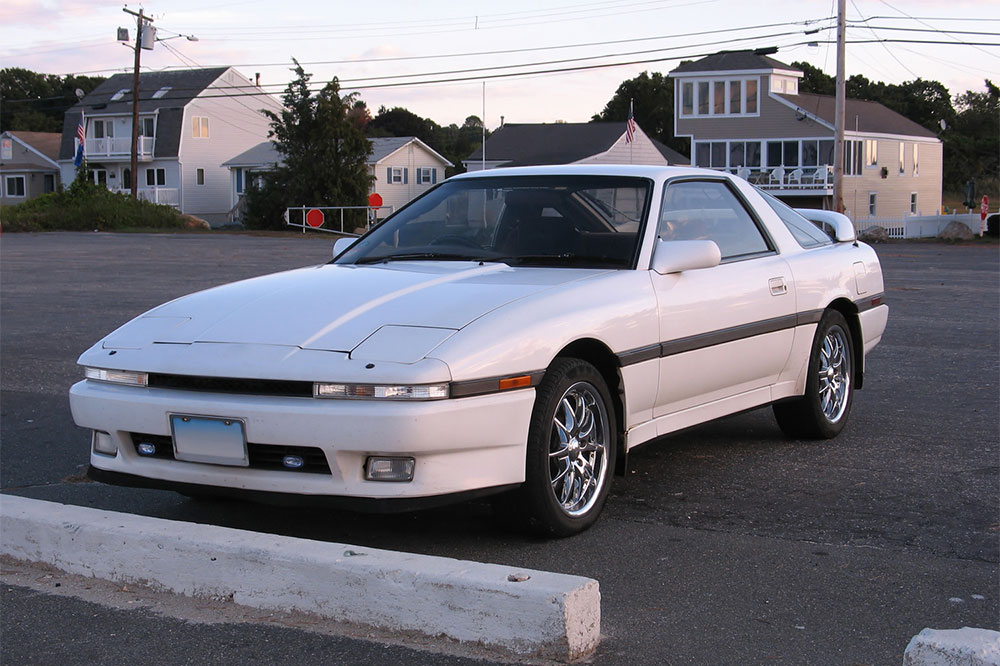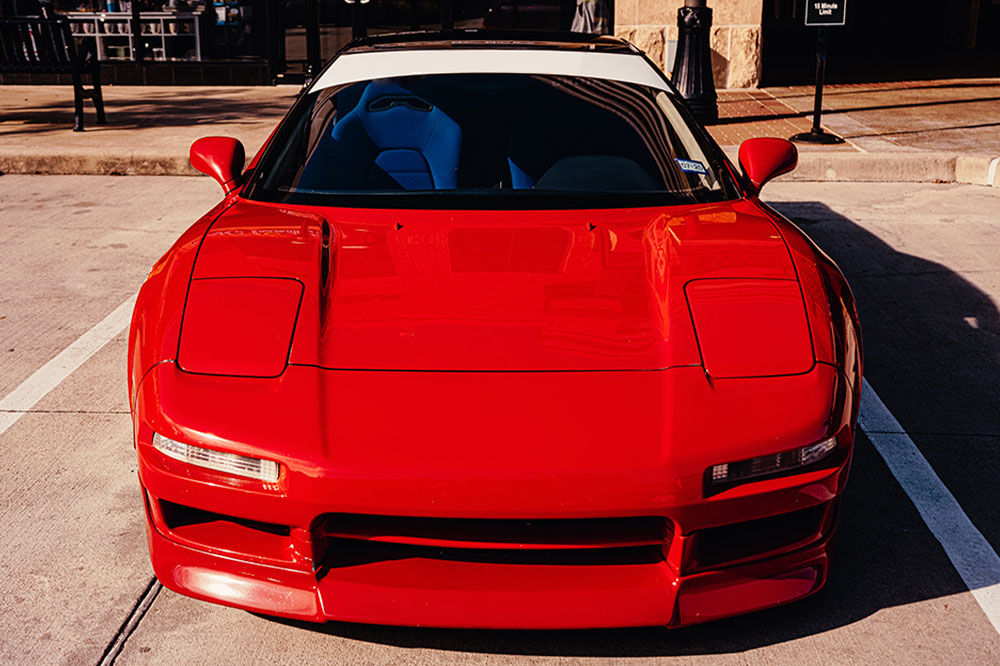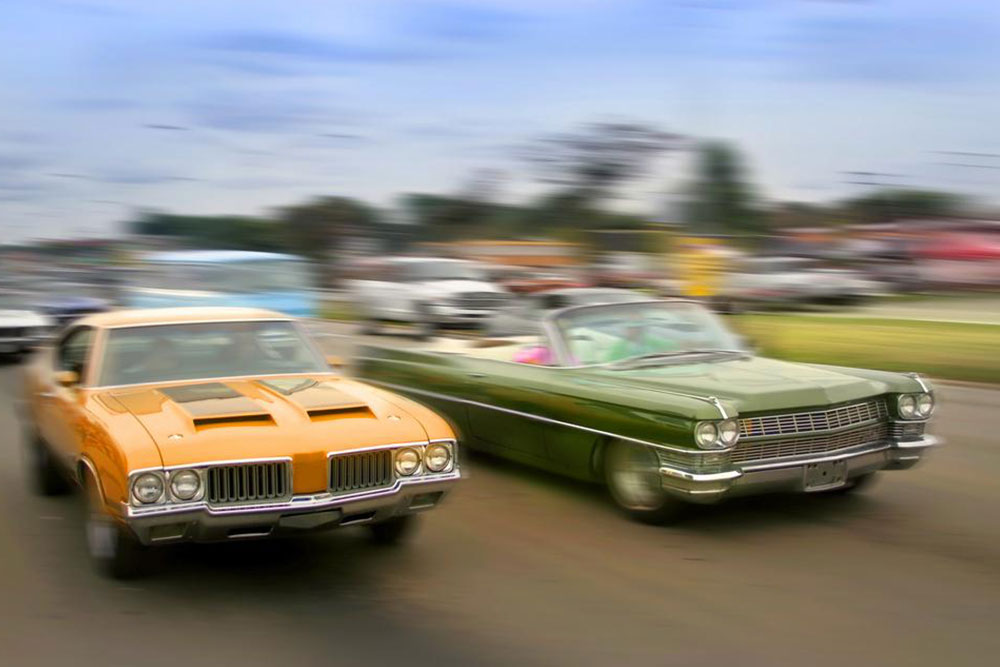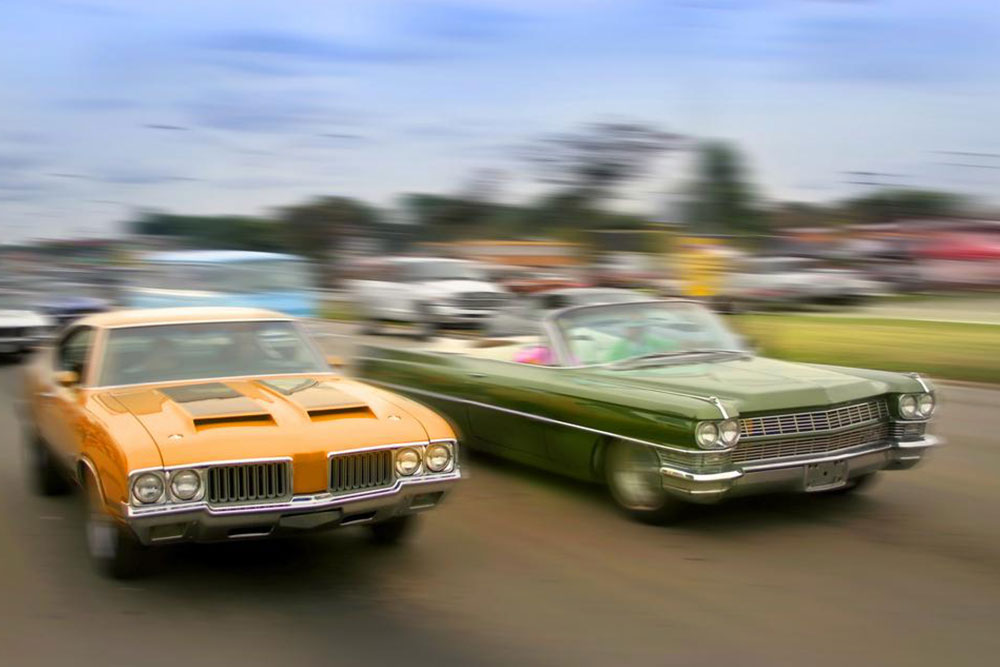Why Buying a Used Pontiac Firebird is a Wise Investment for Car Enthusiasts
Discover why investing in a used Pontiac Firebird is a smart choice for car enthusiasts and collectors. From legendary design to impressive performance and historical value, this iconic muscle car offers unmatched appeal. Learn about its evolution, engine options, and why it remains a highly sought-after collectible today. Whether you're a nostalgic fan or seeking a powerful addition to your collection, a used Firebird presents exceptional value and driving excitement.

Compelling Reasons to Choose a Pre-Owned Pontiac Firebird
The Pontiac Firebird stands out as a true legend in the automotive world, boasting more than 30 years of history that spans four distinct generations. Known for its striking visual appeal and significant pop culture influence, this iconic muscle car has etched its place in film, television, and automotive lore. Although early models were initially affordable for many consumers, today, a well-maintained used Pontiac Firebird remains an attractive option for enthusiasts. Many models have become rare collectibles, appreciated both for their classic design and nostalgic value. Here's why investing in a used Pontiac Firebird can be one of the most rewarding decisions for car lovers, collectors, and investors alike.
Iconic and Recognizable Design
The first-generation Firebird, manufactured between 1967 and 1969, was a true marvel of the muscle car era, with over 250,000 units sold. Its signature "coke-bottle" shape, characterized by sleek curves and pronounced wheel arches, offered a unique and sporty silhouette that remains admired today. Buyers could choose between a coupe and a convertible, with a wide array of engine options, making the car both versatile and customizable to personal preferences. The combination of aggressive styling and powerful performance made it a favorite among auto enthusiasts and casual drivers alike.
The second-generation Firebird, produced from 1970 to 1981, gained legendary status thanks to its timeless design. Designed largely under the guidance of chief designers Bill Porter and Jack Humbert, this generation is celebrated for its aesthetic appeal that has endured decades. Over its long production run, the car's styling evolved to incorporate safety features such as impact-absorbing bumpers, yet it maintained its distinctive, sporty charm. The Firebird became synonymous with the American 'pony car' segment—compact, powerful, and stylish—drawing admiration from muscle car enthusiasts worldwide. It was available in several trims, including Sprint, Esprit, Formula, Trans Am, and the high-performance Ram Air editions, each offering something unique for different preferences.
Enhanced Fuel Efficiency and Modern Engineering
During the third generation (1982-1992), the Pontiac Firebird was engineered with a keen focus on aerodynamics and fuel economy. The incorporation of features such as a sloped windshield, integrated spoilers, and concealed headlights contributed significantly to reducing drag and improving efficiency. These models often featured a 2.5-liter inline-six engine capable of delivering up to 32 miles per gallon on highway driving, making them more practical for daily use. The final fourth generation, introduced in 1993, brought further advancements, including the availability of a 5.7-liter LS V8 engine. Safety features were improved with airbags and anti-lock braking systems, ensuring that the Firebird balanced performance with safety and efficiency seamlessly.
Impressive Performance and Powertrain Options
The original Pontiac Firebird lineup offered a remarkable range of engines, from a modest 165-horsepower inline-six to the formidable 400-cubic-inch Ram Air IV V8 engine, which produced a commanding 345 horsepower. The second-generation models increased the power, boasting engines like the 370-horsepower 400-cubic-inch engine that made the car blisteringly fast. Throughout the years, engine options expanded, with some models like the 1977 Trans Am featuring a displacing 455 cubic inches, although emissions regulations slightly curtailed their power output. The later models, particularly the 1994 Trans Am GT and Firehawk editions, could produce up to 325 horsepower with the 5.7-liter V8, enabling rapid acceleration and quarter-mile times around 13 seconds. Such impressive performance metrics solidify the Firebird's reputation as a true muscle car icon.
Legendary Firebird variants and special editions are highly valuable in today’s collector market. For example, rare models like the Firehawk and limited-edition Trans Am GTRs have fetched prices exceeding $100,000 at auctions. This enduring legacy underscores the exceptional craftsmanship, timeless design, and cultural impact of these vehicles. For collectors and enthusiasts, owning a vintage Firebird not only offers driving excitement but also serves as a significant investment, with many classic models appreciating considerably over time. The combination of historical significance, robust performance, and distinctive styling makes the Pontiac Firebird a sought-after classic that continues to captivate car lovers worldwide.




